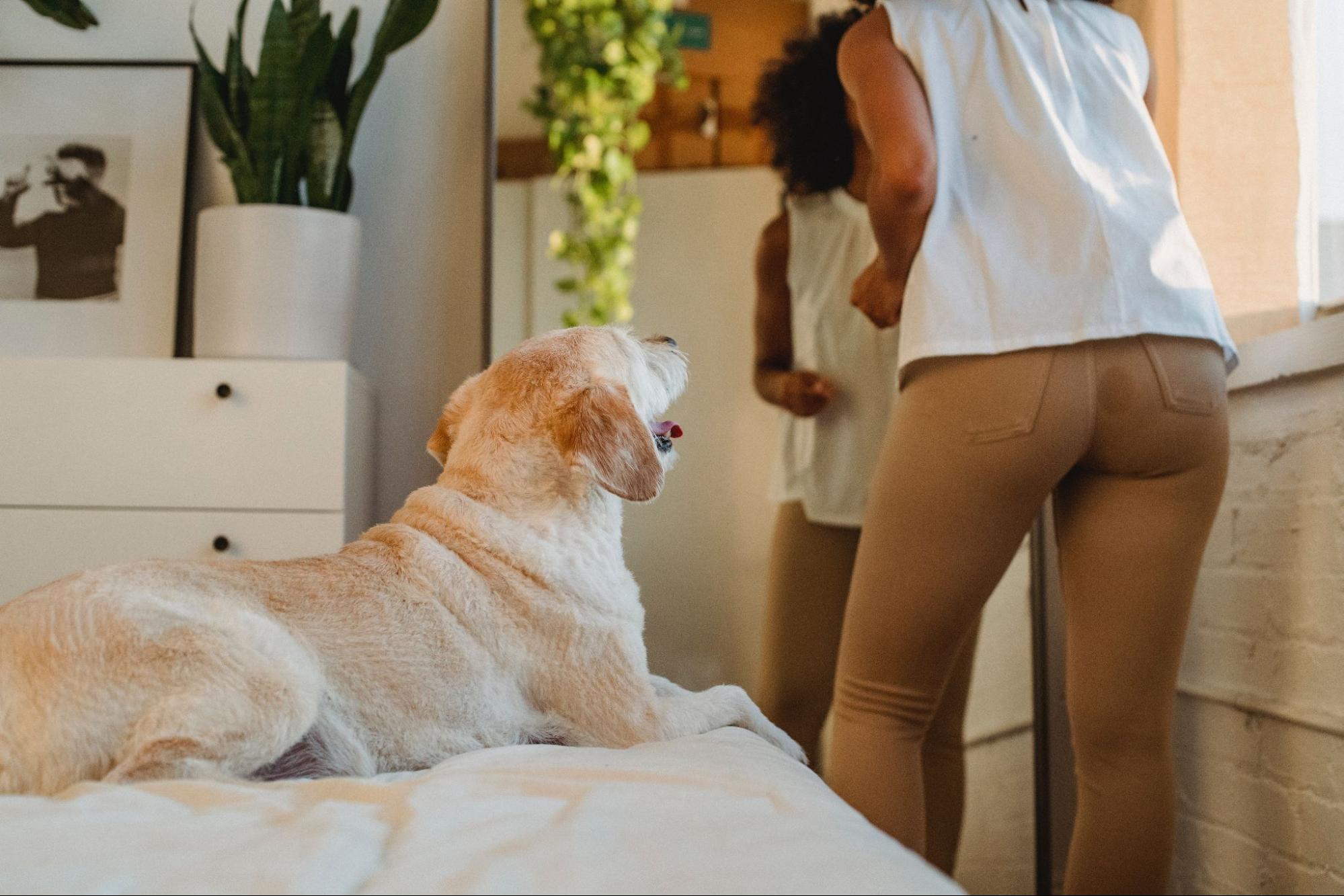How to Get Puppy to Stop Biting Hands
Dealing with a biting Labrador can be quite challenging, especially when it comes to getting your puppy to stop biting hands. As an expert in dog training, I understand the frustration and concern that can arise from this behavior. In this article, I’ll share some effective strategies and techniques to help you address this issue and foster better behavior in your furry friend.
One important aspect of dealing with a biting Labrador is understanding the underlying reasons behind this behavior. Puppies often use their mouths to explore the world around them and relieve teething discomfort. However, it’s crucial to teach them appropriate ways to interact with humans without resorting to biting. By providing suitable alternatives and redirecting their attention, you can gradually discourage hand-biting.
To start addressing this issue, it’s essential to establish consistent boundaries and rules for your Labrador puppy. Reinforce positive behaviors such as gentle play or chewing on appropriate toys by rewarding them with treats or praise. When your pup starts biting your hand, firmly say “no” or “ouch” in a calm but assertive tone. This will signal that their behavior is not acceptable.
Understanding the biting behavior of Labradors
When it comes to dealing with a biting Labrador puppy, understanding their behavior is crucial. Labradors are known for their energetic and playful nature, but sometimes this can manifest as biting, especially during their teething phase. By gaining insight into why Labradors bite and how to address this behavior, you’ll be better equipped to guide your puppy toward proper bite inhibition.
- Teething: Just like human babies, puppies go through a teething stage where they experience discomfort in their gums. As a result, they tend to chew on anything they can find, including hands and fingers. It’s important to remember that puppies don’t bite out of aggression; rather, it’s a natural instinct for them to relieve the pain caused by teething.
- Exploration and play: Puppies use their mouth as an exploratory tool. They learn about the world around them by mouthing objects and even humans. Additionally, play is an essential part of their development, and nipping is often seen as a way to engage in interactive play with others.
- Socialization: Proper socialization plays a vital role in preventing excessive biting behavior in Labradors. If puppies are not exposed to various people, animals, and environments at an early age, they may resort to biting when faced with unfamiliar situations or individuals.
- Attention-seeking: Some Labradors may resort to light nibbling or gentle mouthing as a means of seeking attention from their owners. This behavior can be reinforced unintentionally if the owner responds by giving attention or reacting strongly.
- Training: Teaching your Labrador appropriate bite inhibition is crucial from an early age. Encourage gentle play using toys instead of hands or fingers so that your puppy learns how much pressure is acceptable during interactions.
Teaching basic obedience commands to redirect biting
When dealing with a biting Labrador puppy, one effective strategy is to teach them basic obedience commands as a means of redirection. By providing clear instructions and reinforcing positive behaviors, you can help your puppy understand what is expected of them and redirect their natural urge to bite onto more appropriate objects or activities.
Here are some key obedience commands that can be particularly useful in curbing biting behavior:
- “Sit” command: Teaching your Labrador puppy to sit on command not only helps establish control but also redirects their attention away from biting. Whenever your pup starts nipping at your hands or clothing, firmly say “sit” while gently guiding them into the sitting position. Reward them with praise and treats when they comply, reinforcing the desired behavior.
- “Leave it” command: This command teaches your puppy to let go of whatever they have in their mouth. Start by offering a low-value item, such as a toy or treat, and say “leave it.” When they release the object, reward them with praise and give them an appropriate chew toy instead. Gradually increase the difficulty by using items that are more enticing for your pup to bite on before issuing the command.
- “Drop it” command: Similar to “leave it,” this command focuses on getting your Labradors to release something they already have in their mouth. If your puppy has grabbed onto an object they shouldn’t be biting, firmly say “drop it” while offering them a treat or toy as an exchange. Once they let go, reward them immediately with praise and give them an acceptable chew item instead.
- Distraction techniques: Alongside teaching obedience commands, incorporating distraction techniques can be helpful in redirecting biting tendencies. Use toys that require active engagement, such as puzzle feeders or interactive toys stuffed with treats, to keep your puppy engaged and occupied during times when they may be prone to nip at hands.
